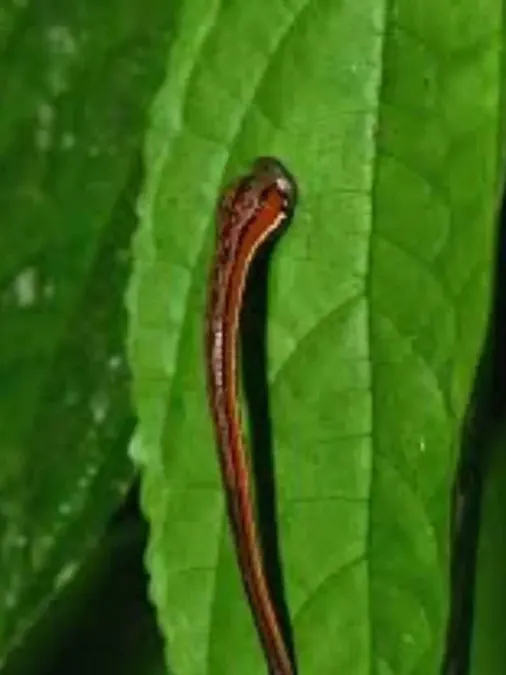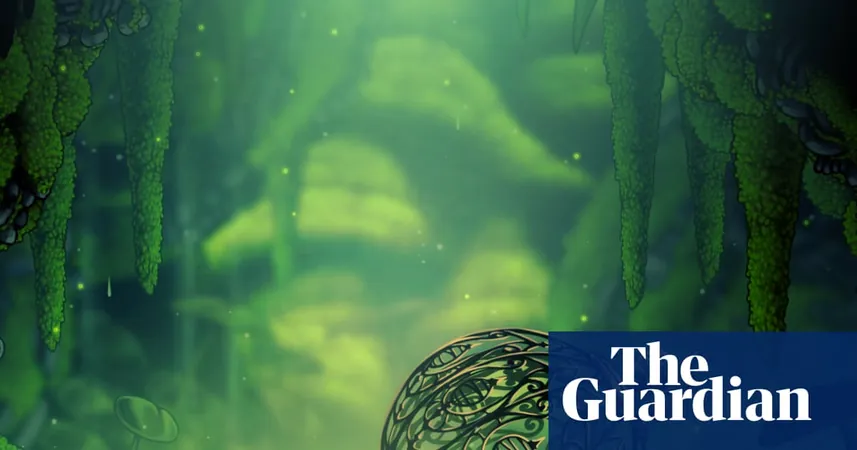
Unveiling the Colorful World of Animal Blood: 8 Incredible Creatures with Non-Red Blood
2025-09-13
Author: Ming
Discovering Diverse Blood Colors in the Animal Kingdom!
While most of us picture red blood when we think of animals, nature has crafted a stunning array of blood colors across different species. These unique adaptations not only showcase evolutionary ingenuity but also reveal how life thrives in various environments.
1. Horseshoe Crabs: The Blue Blood Wonders
Horseshoe crabs boast a striking blue blood, thanks to the copper-based molecule called haemocyanin. This fascinating adaptation allows them to thrive in cold, low-oxygen waters, turning their blood a brilliant blue when oxygen binds.
2. Green-Blooded Skinks: A Vivid Twist
Meet the skinks of the genus Prasinohaema from New Guinea, known for their eye-catching green blood. This vibrant hue comes from an accumulation of biliverdin, a green bile pigment, which overshadows any red that would normally be present.
3. Peanut Worms: Purple Majesty
Peanut worms, or Sipunculids, are champions of peculiarity with their purple blood. They utilize hemerythrin, a respiratory pigment that, when oxygenated, dazzles in violet-pink hues, while deoxygenated hemerythrin appears nearly colorless.
4. Sea Cucumbers: Yellow-blooded Oddities
Some species of sea cucumbers are notable for their yellowish blood, attributed to vanabin, a vanadium-based pigment. While it doesn’t significantly aid oxygen transport, it certainly adds to their uniqueness!
5. Crocodile Icefish: Masters of Cold Waters
Crocodile icefish, found in the icy depths of Antarctica, exhibit nearly colorless blood, largely devoid of hemoglobin. Instead, they survive by absorbing oxygen directly into their plasma—an extraordinary adaptation for their frigid habitat.
6. Octopuses: The Blue-blooded Cephalopods
Octopuses also rely on haemocyanin, giving their blood a blue tint when oxygenated. This striking feature is shared among many mollusks, crustaceans, and other arthropods, highlighting the diverse ways life has adapted to its surroundings.
7. Sea Worms: Green Reliance with Chlorocruorin
Certain marine worms, particularly some polychaetes, harness chlorocruorin, an iron-based pigment similar to hemoglobin. This pigment imparts a greenish color when diluted, showcasing yet another stunning adaptation in the underwater realm.
8. Nature's Palette: A Reminder of Life's Diversity
The variety of blood colors in these creatures serves as a captivating reminder of the vast adaptations found in nature. These remarkable variations not only allow survival in diverse environments but also enrich the tapestry of life on our planet.



 Brasil (PT)
Brasil (PT)
 Canada (EN)
Canada (EN)
 Chile (ES)
Chile (ES)
 Česko (CS)
Česko (CS)
 대한민국 (KO)
대한민국 (KO)
 España (ES)
España (ES)
 France (FR)
France (FR)
 Hong Kong (EN)
Hong Kong (EN)
 Italia (IT)
Italia (IT)
 日本 (JA)
日本 (JA)
 Magyarország (HU)
Magyarország (HU)
 Norge (NO)
Norge (NO)
 Polska (PL)
Polska (PL)
 Schweiz (DE)
Schweiz (DE)
 Singapore (EN)
Singapore (EN)
 Sverige (SV)
Sverige (SV)
 Suomi (FI)
Suomi (FI)
 Türkiye (TR)
Türkiye (TR)
 الإمارات العربية المتحدة (AR)
الإمارات العربية المتحدة (AR)